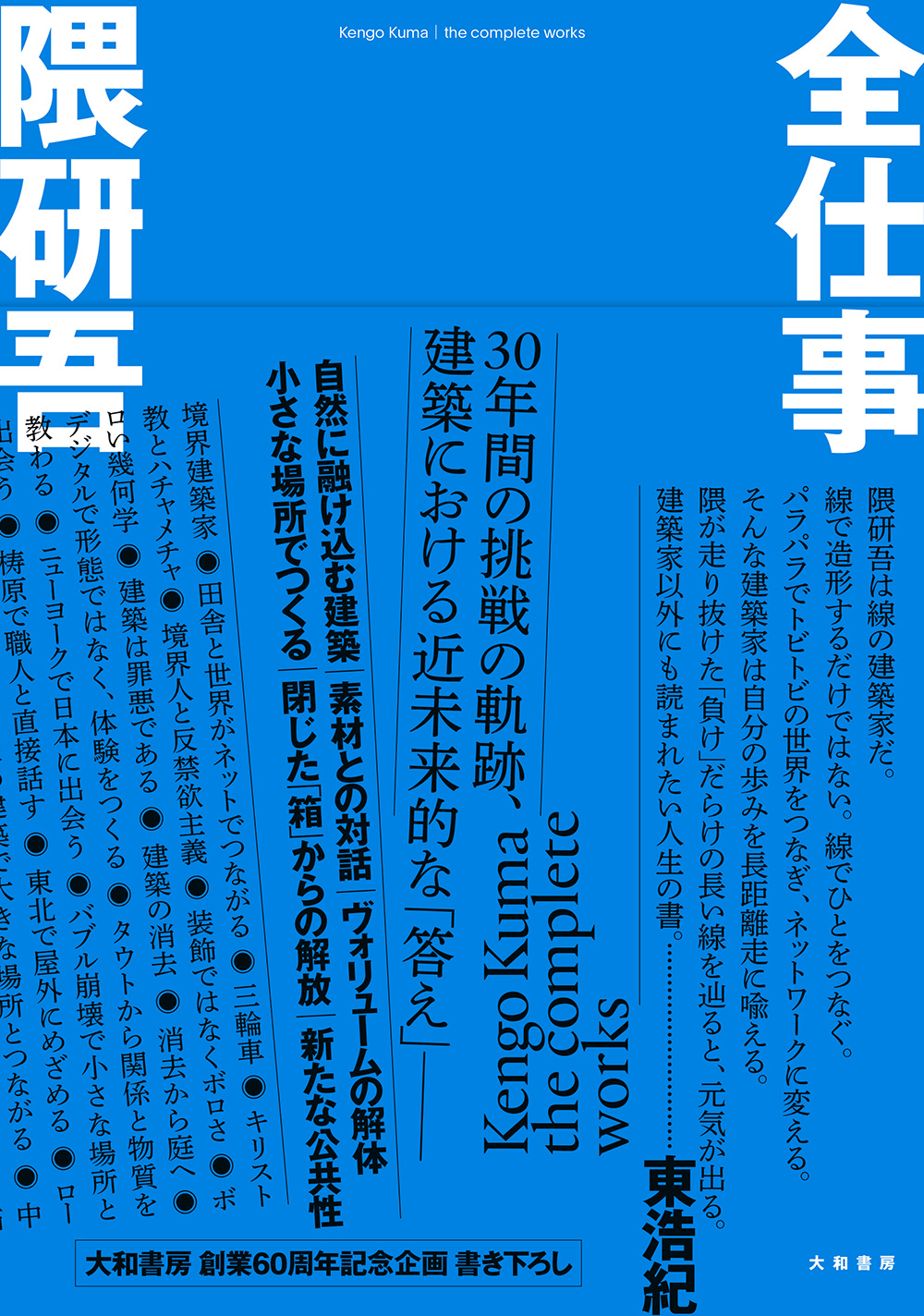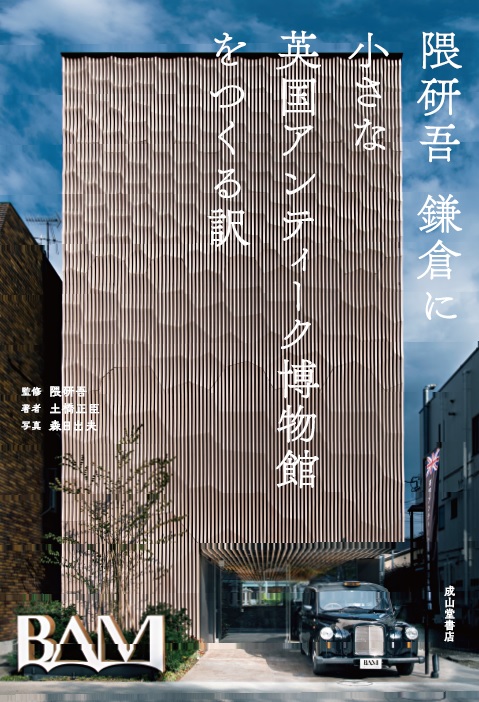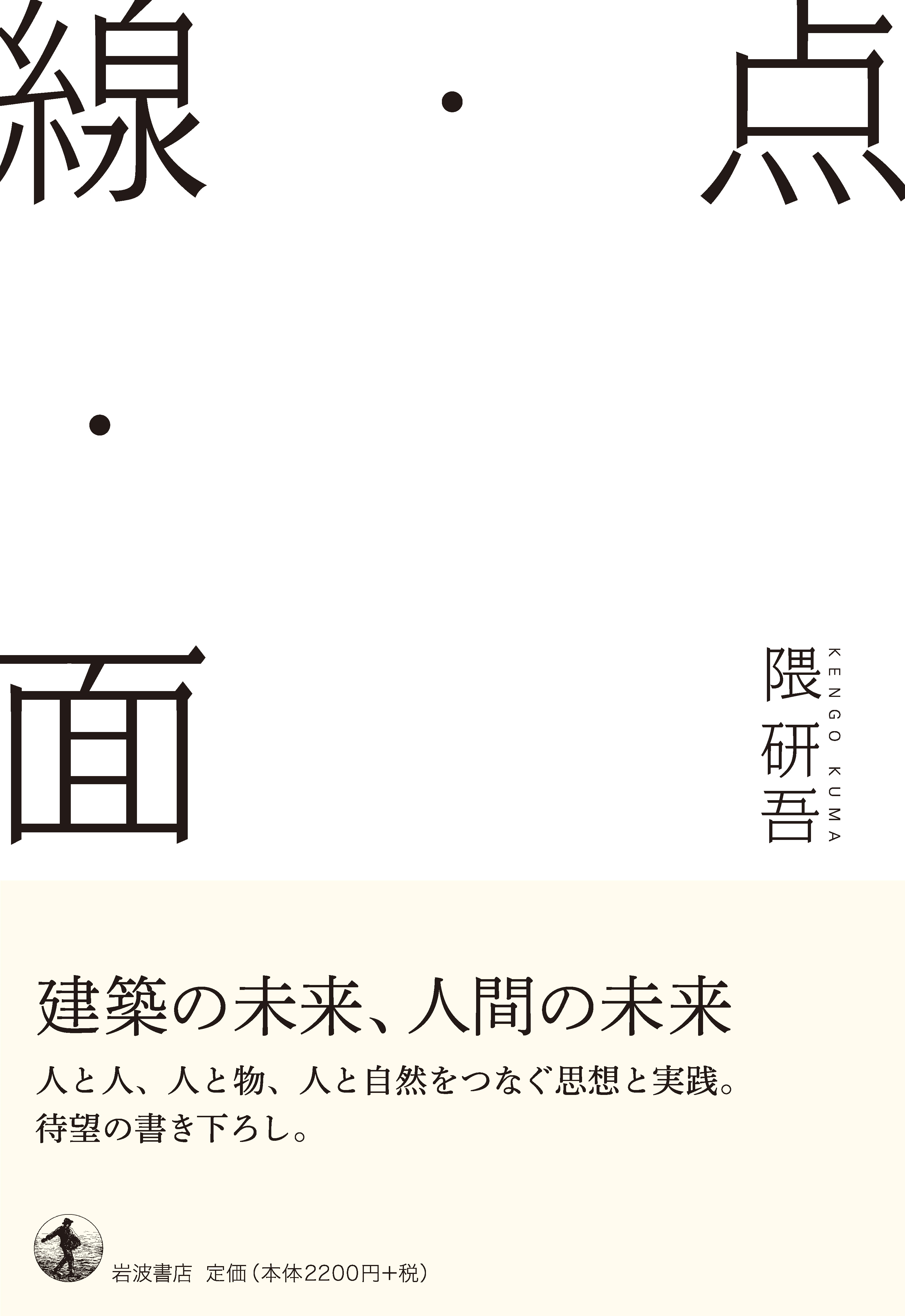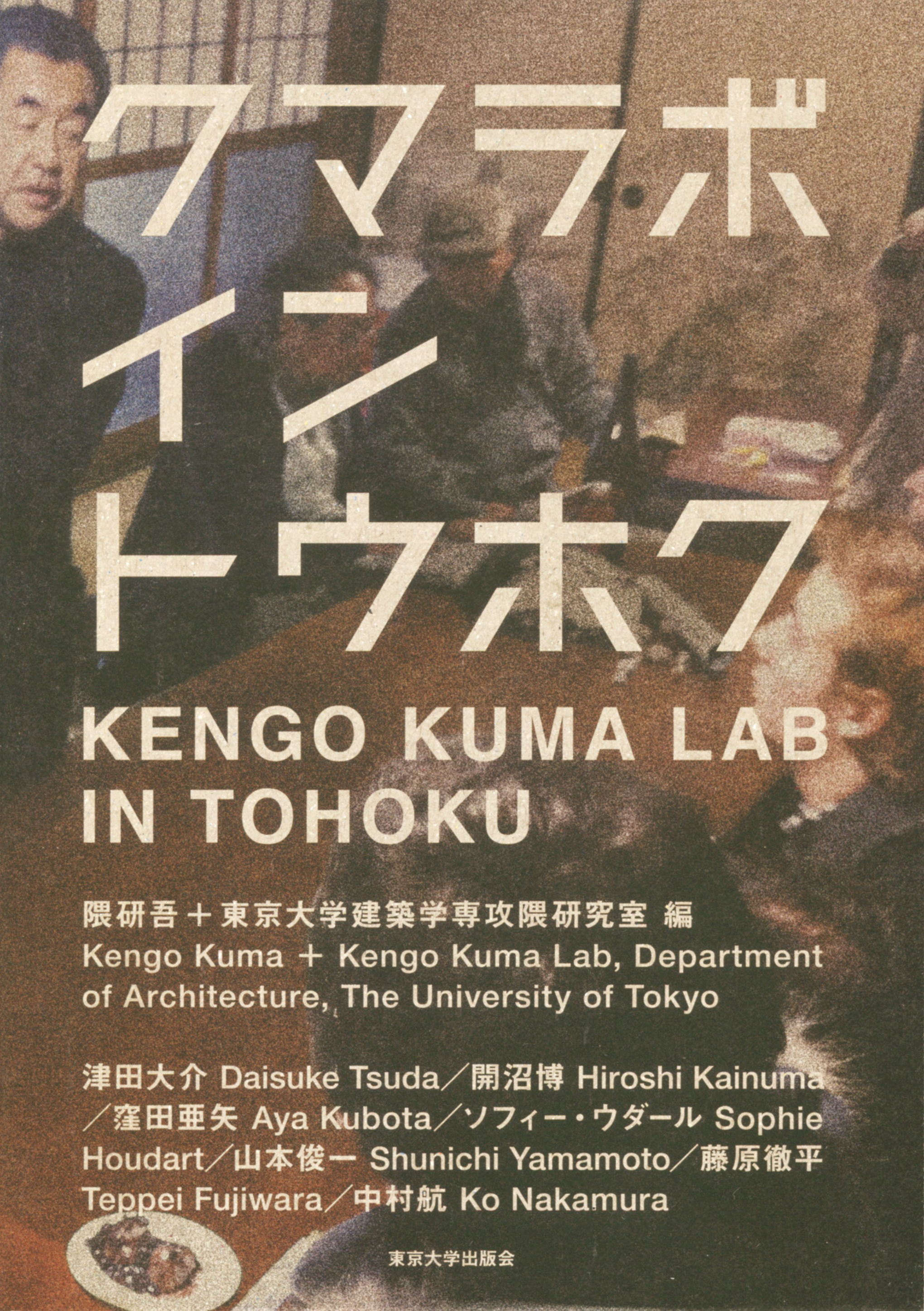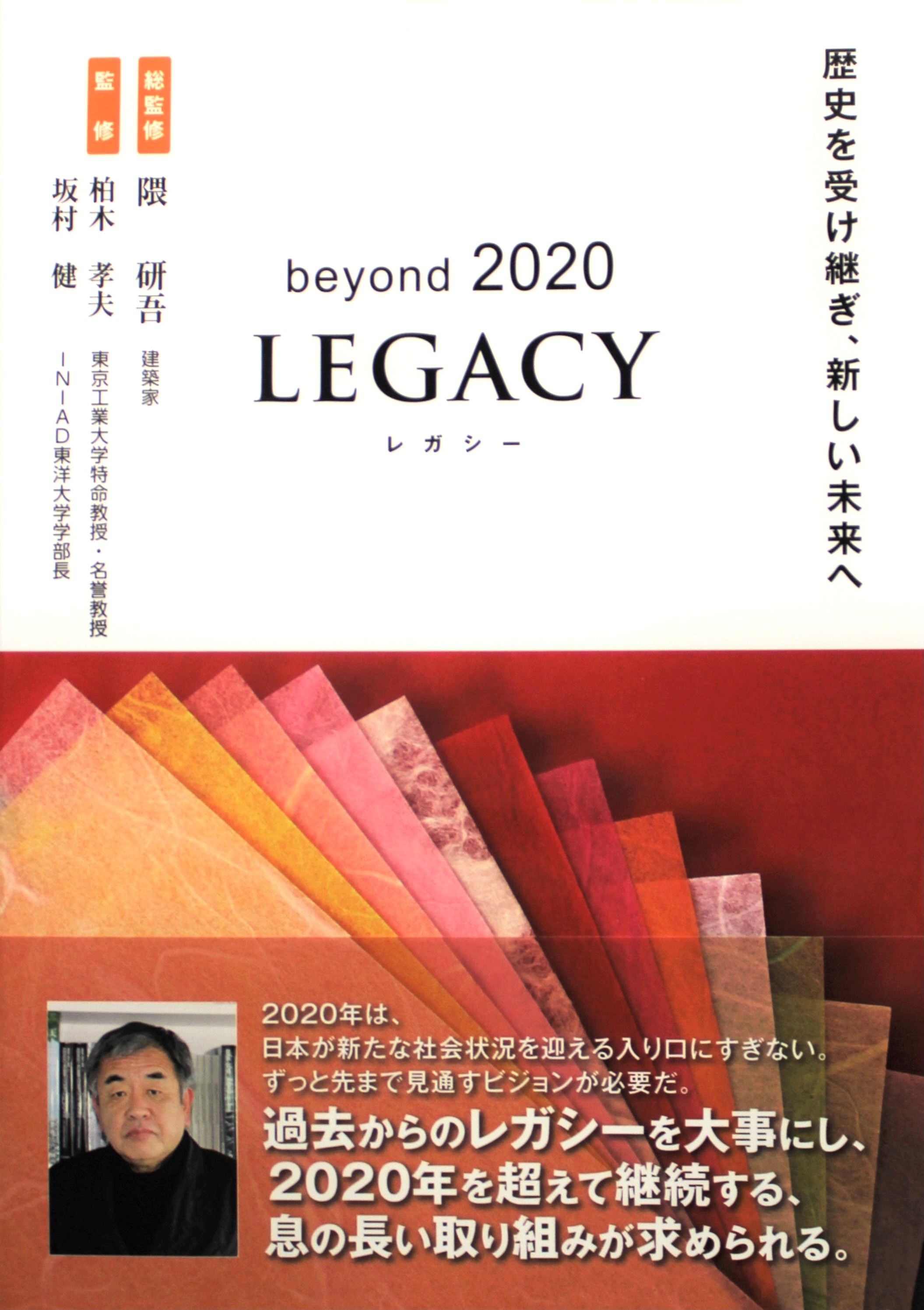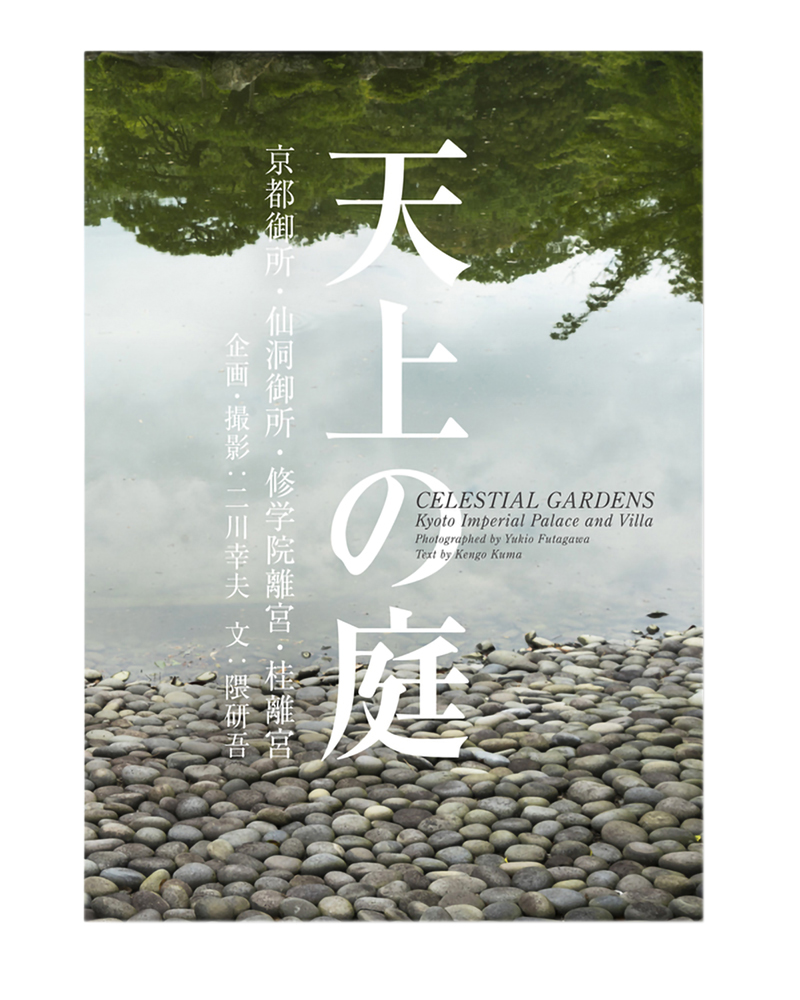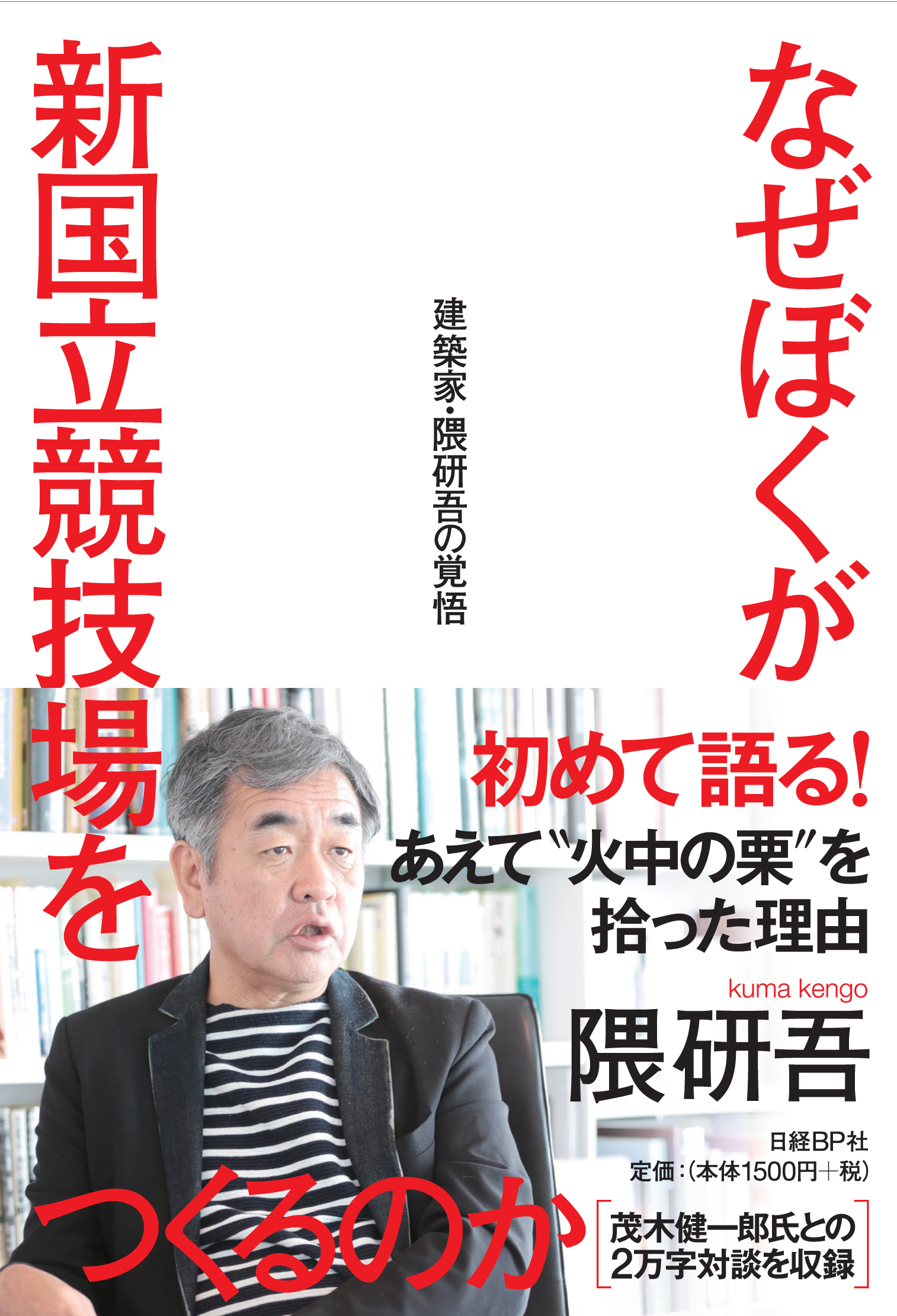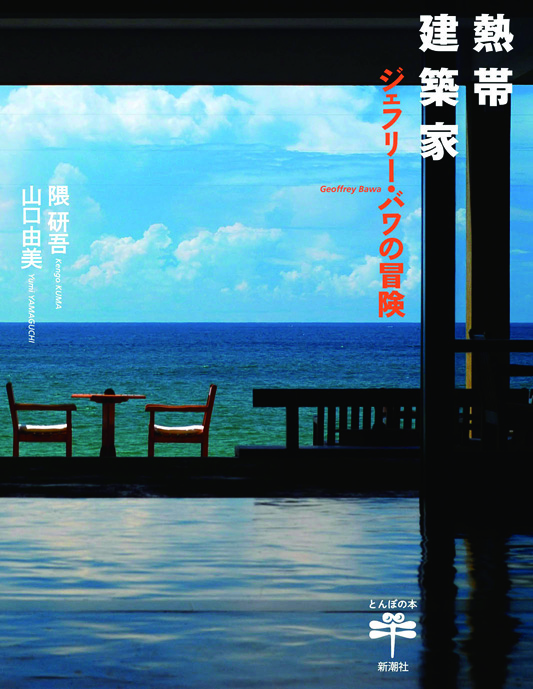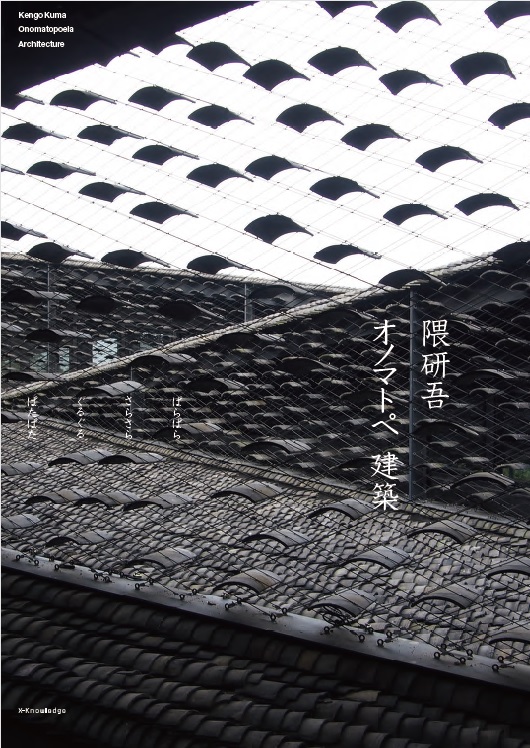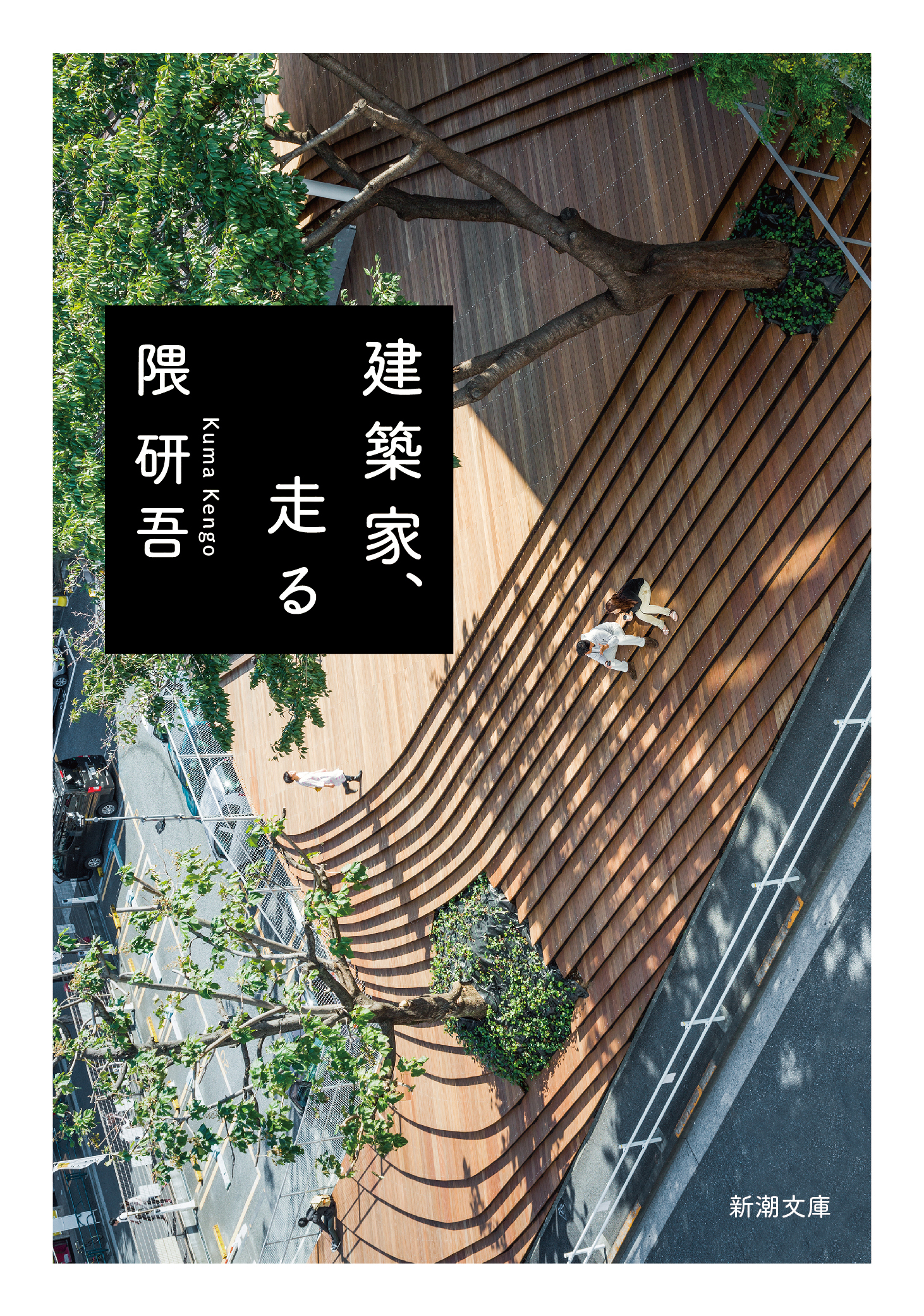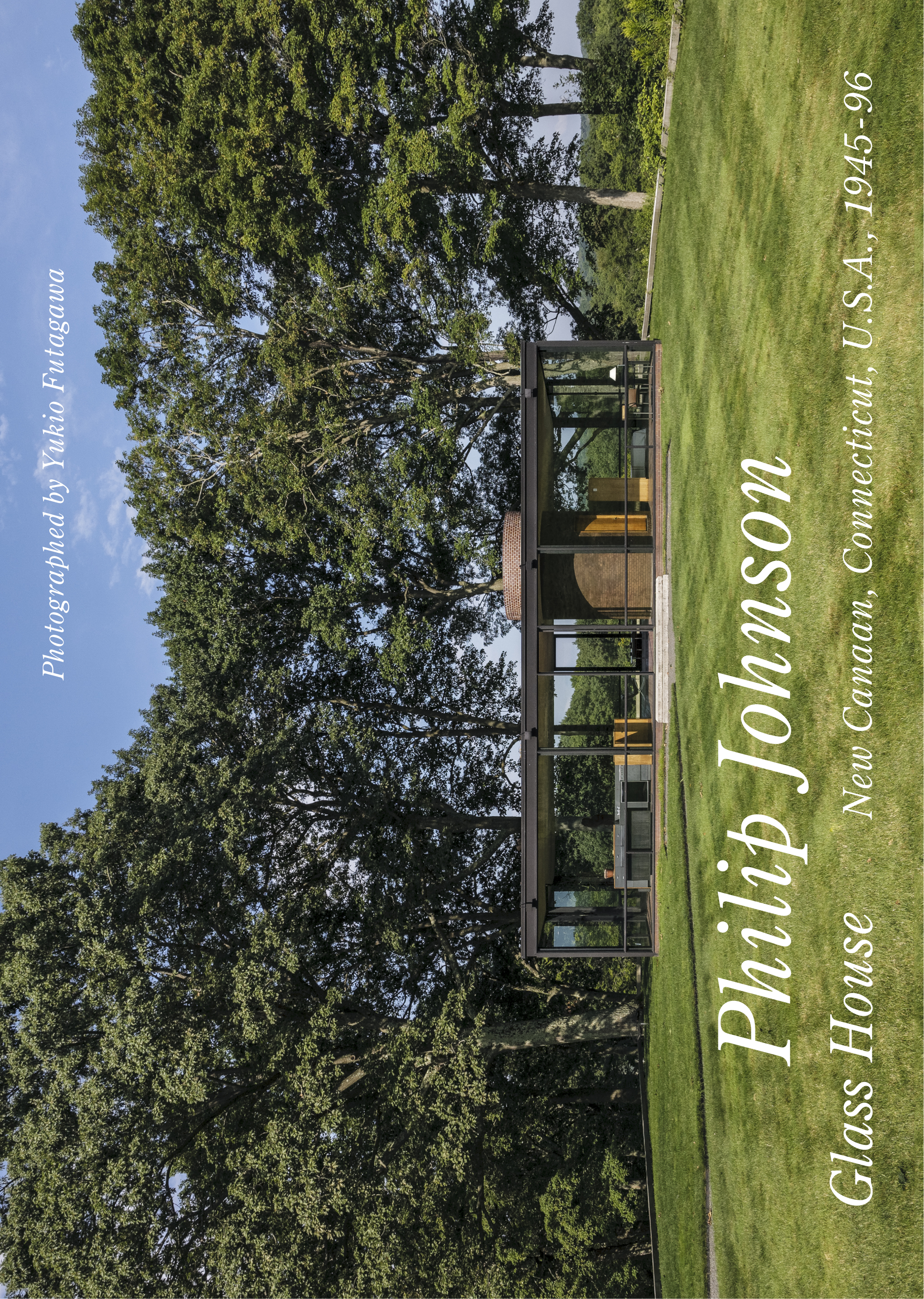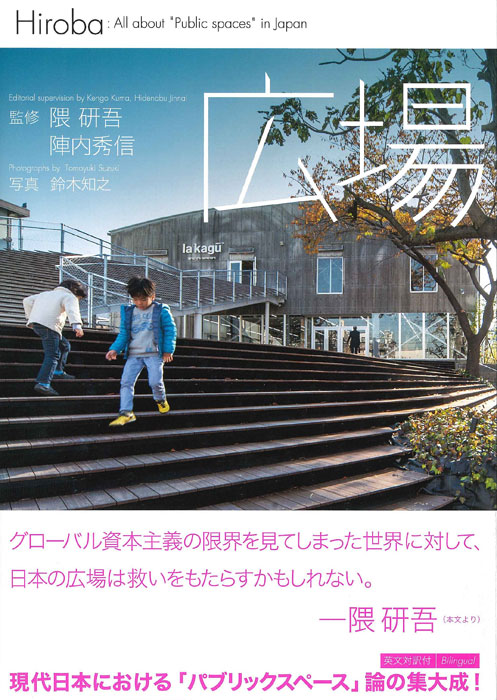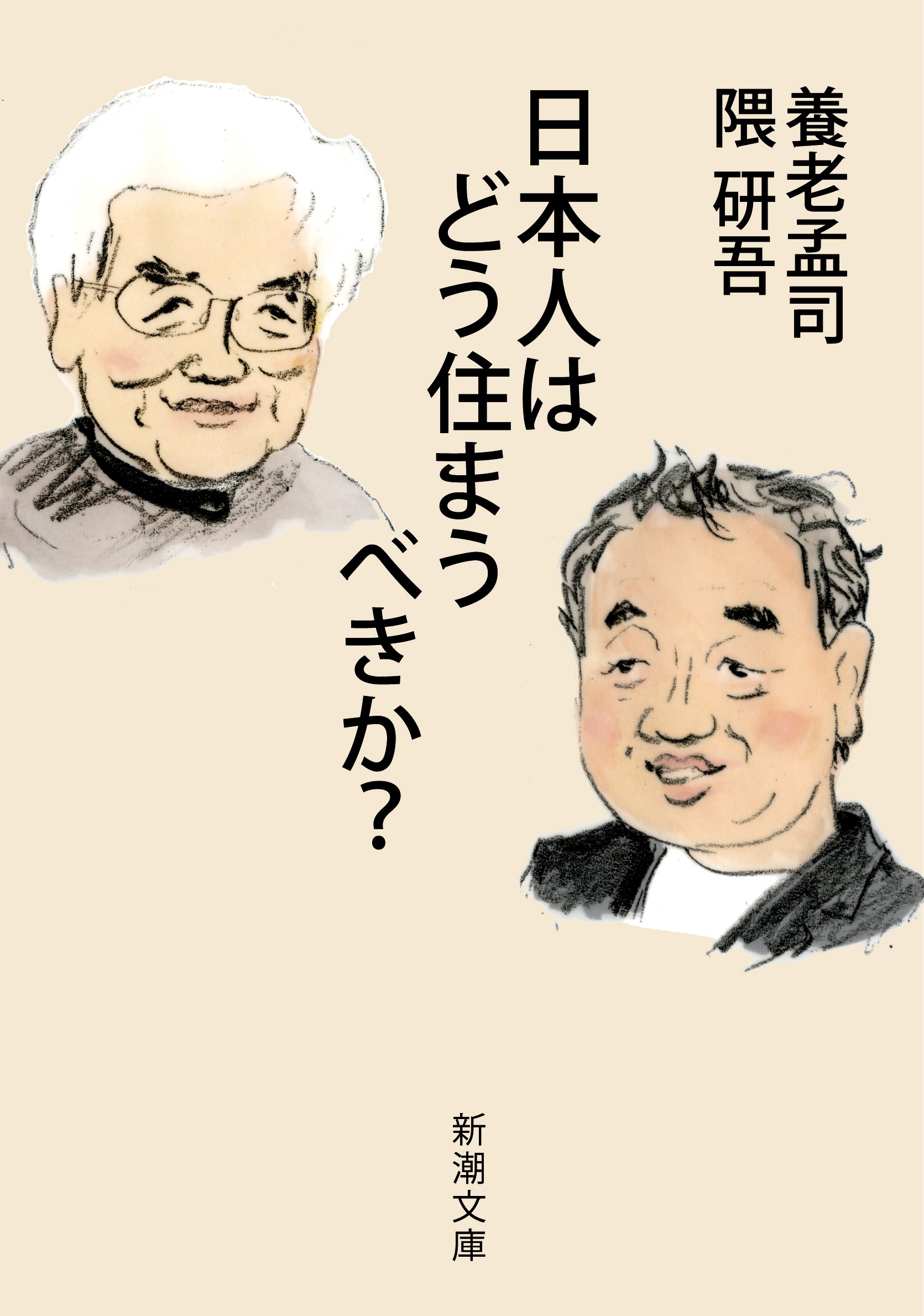
Title
Nihon-jin wa dou sumaubekika? (How Should the Japanese Live?)
Size
205 pages, paperback
Language
Japanese
Released
January 01, 2016
ISBN
978-4-10-130841-8
Published by
SHINCHOSHA
Book Info
See Book Availability at Library
Japanese Page
Takeshi YORO was my senior at Eiko Gakuen Junior and Senior High School, one of the intellectuals and philosophers whom I respect most and has mostly influenced me. This book consists of the conversations we had on the subject of “living.”
If you picked up this book thinking you might get some tips about living somewhere or building a house, this may come as a surprise, as I believe it is foolish to build a house or to want one. Forget about building a new house. Instead, live carefree, happy-go-lucky, playing it by ear, and take things as they come—that is the underlying advice and tone of the entire book.
Being an architect, it might be odd coming from me, but I think that building new structures and houses is something to be ashamed of. I even find the very act of “planning” shameful. Architecture “defines” the people who make use of it and live in their creations. Neither YORO-sensei nor I believe that human beings are to be defined so easily, especially in the way that architects would; they are tremendously complex, uncooperative, and hard to deal with. I believe that YORO-sensei has arrived at that understanding after dissecting countless human bodies and witnessing countless deaths.
The Eiko Gakuen we graduated from also influenced this view on humanity.
It is a Jesuit-run school, and our education was chiefly the responsibility of priests who came from abroad for missionary work. The Jesuit Order was central to the Catholic opposition of the Lutheran Reformation (the Counter-Reformation). The Jesuits criticized the Protestantism of Luther and his followers and referred to their beliefs as “big-headed idealism.” Arguably, the Jesuits were Catholics who were serious about sports, emphasizing the importance of the body instead of the mind. Our teachers taught us that we would easily make mistakes if we define humans and God solely with our minds; they taught us to train our bodies and pounded the motto mens sana in corpore sano (“a healthy mind in a healthy body”) into us. They made us get half-naked and exercise in the schoolyard every day—even in the dead of winter.
I have a feeling that this anti-idealistic climate shaped our minds. After finishing working on this book, we collaborated on a monument. Located on the grounds of Kenchoji Temple in Kamakura, Mushi-zuka (Mound for Insects) was meant to appease some insects that YORO-sensei had collected. Unlike a normal monument, it does not appear solemn; in fact, we made it see-through and flimsy, like an insect cage. It is the result of a shared view on humanity—the observation that humans are ephemeral.
(Written by KUMA Kengo, Professor, School of Engineering / 2020)
Related Info
This book is republished edition of the book originally published in 2012 by Nikkei BP
https://www.nikkeibp.co.jp/atclpubmkt/book/12/P48890/



 Find a book
Find a book


 eBook
eBook